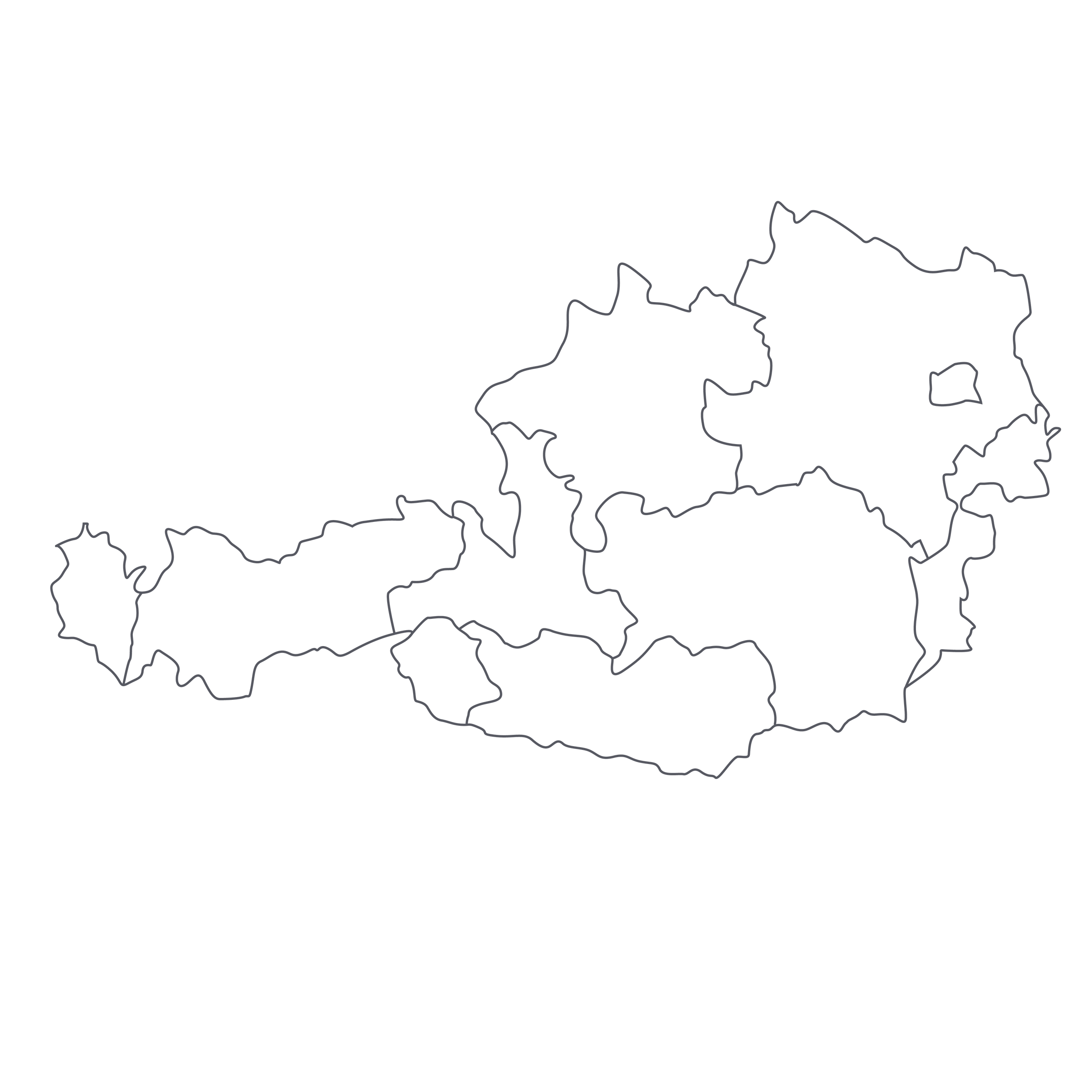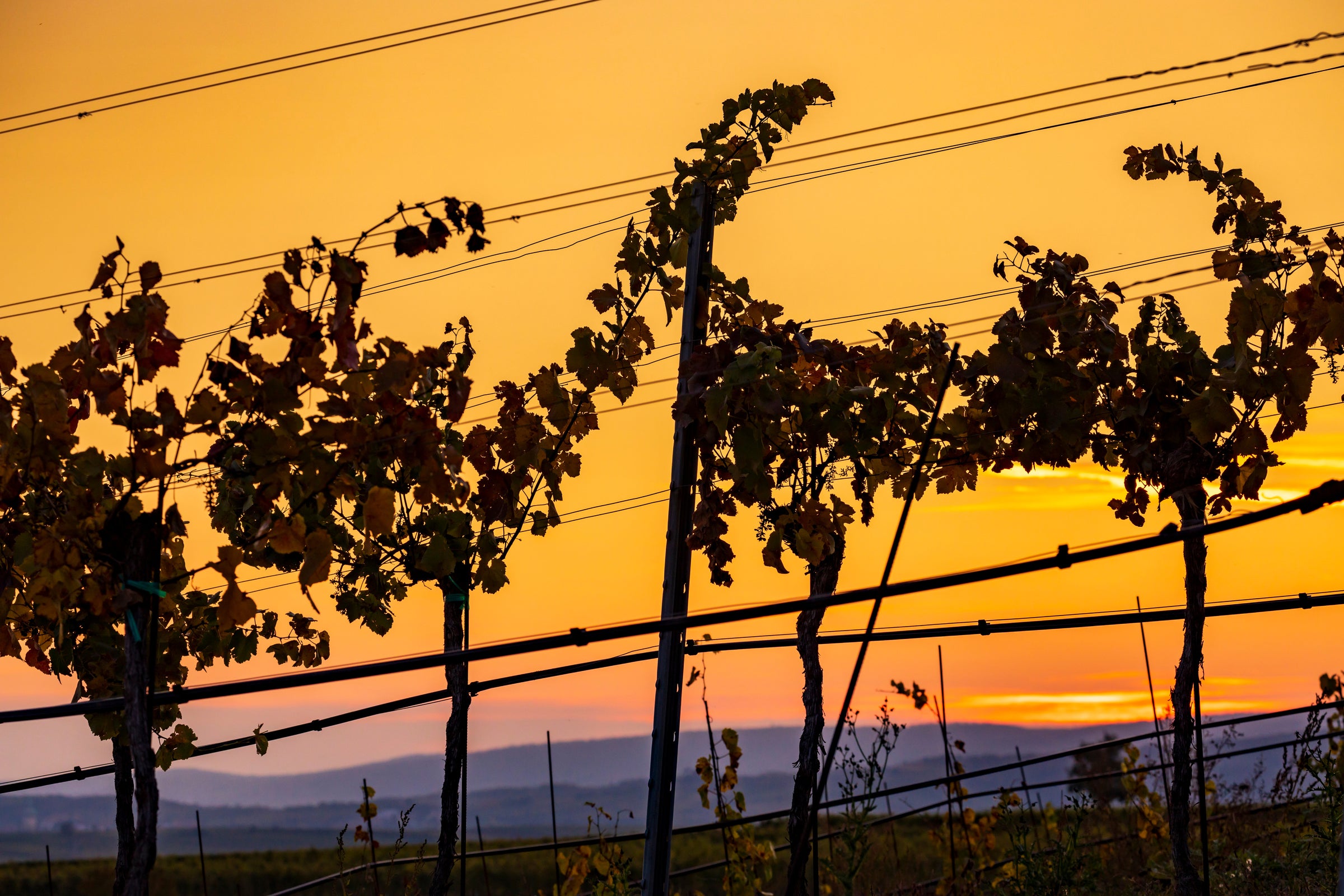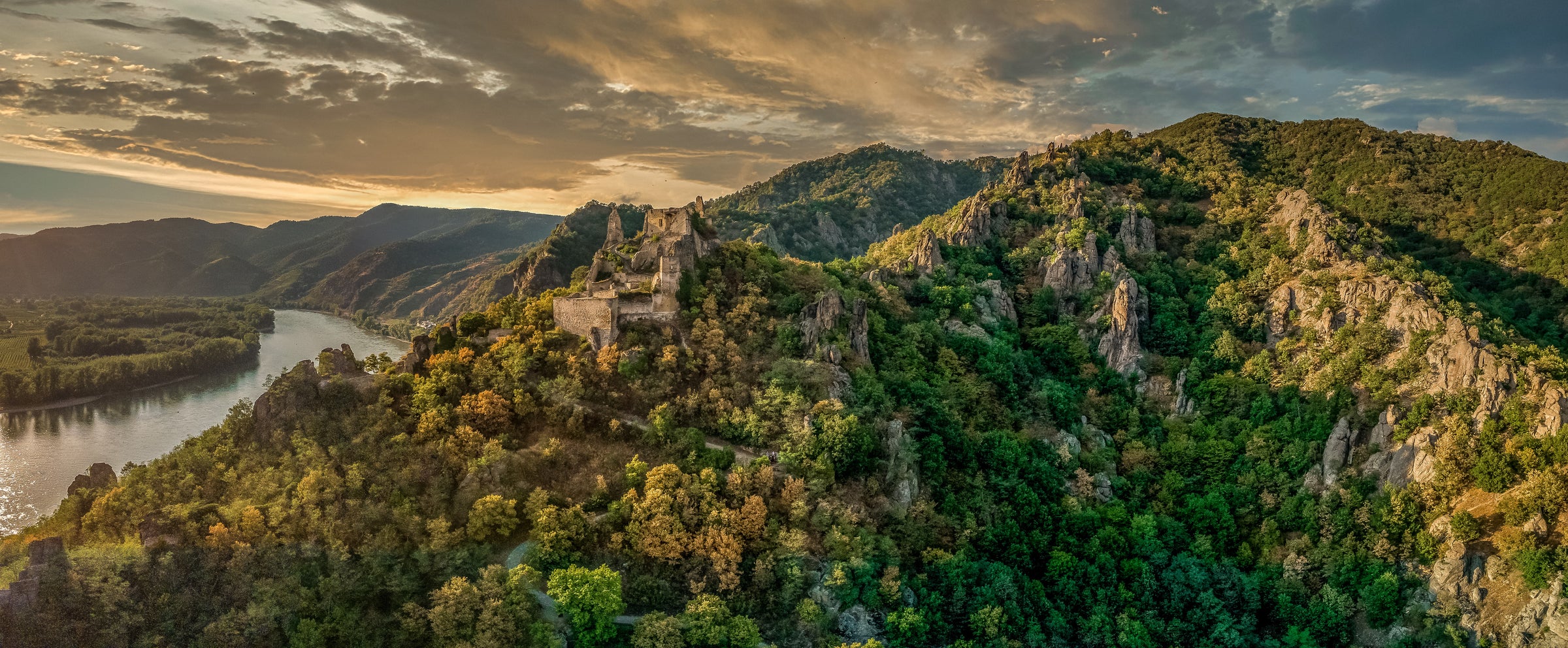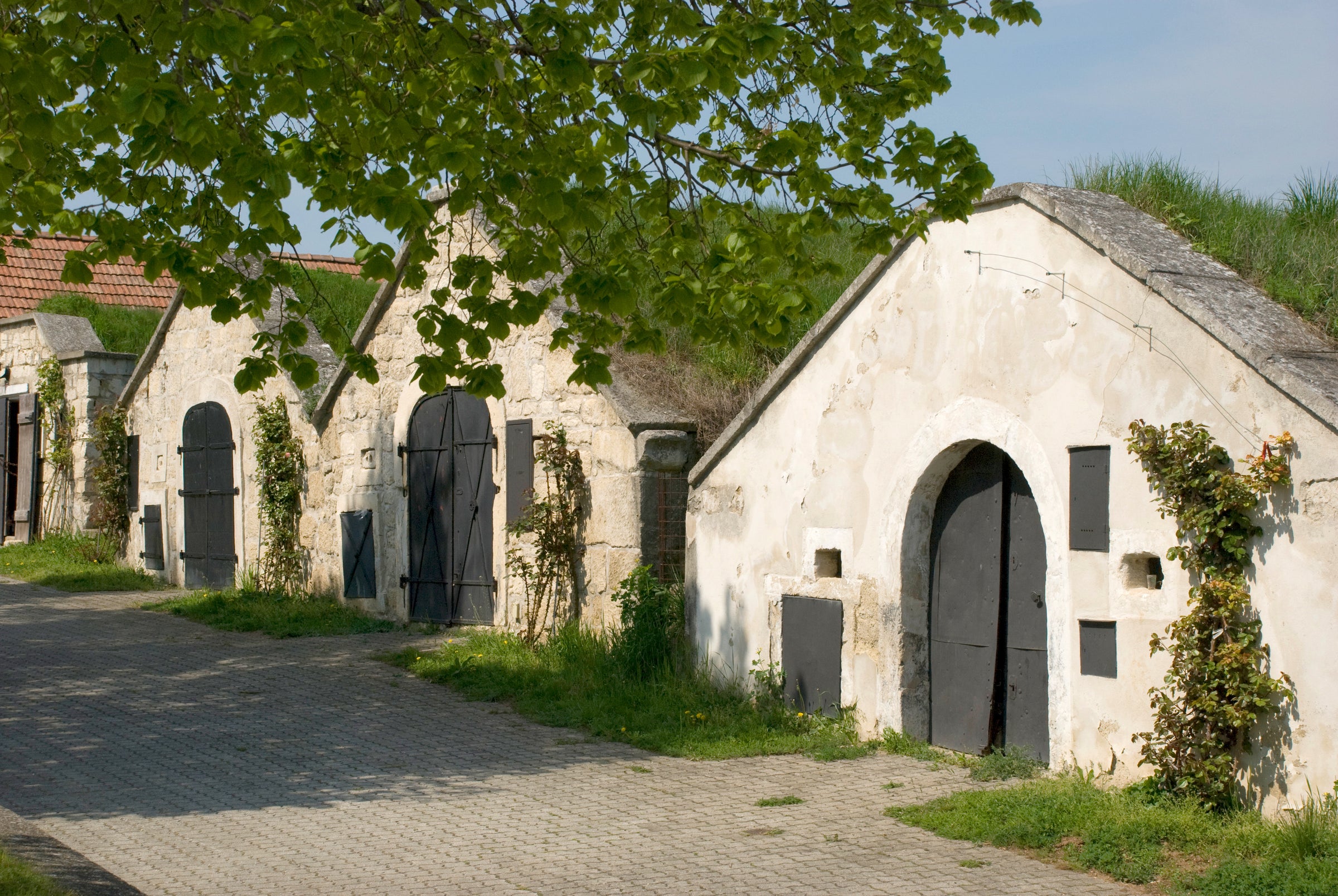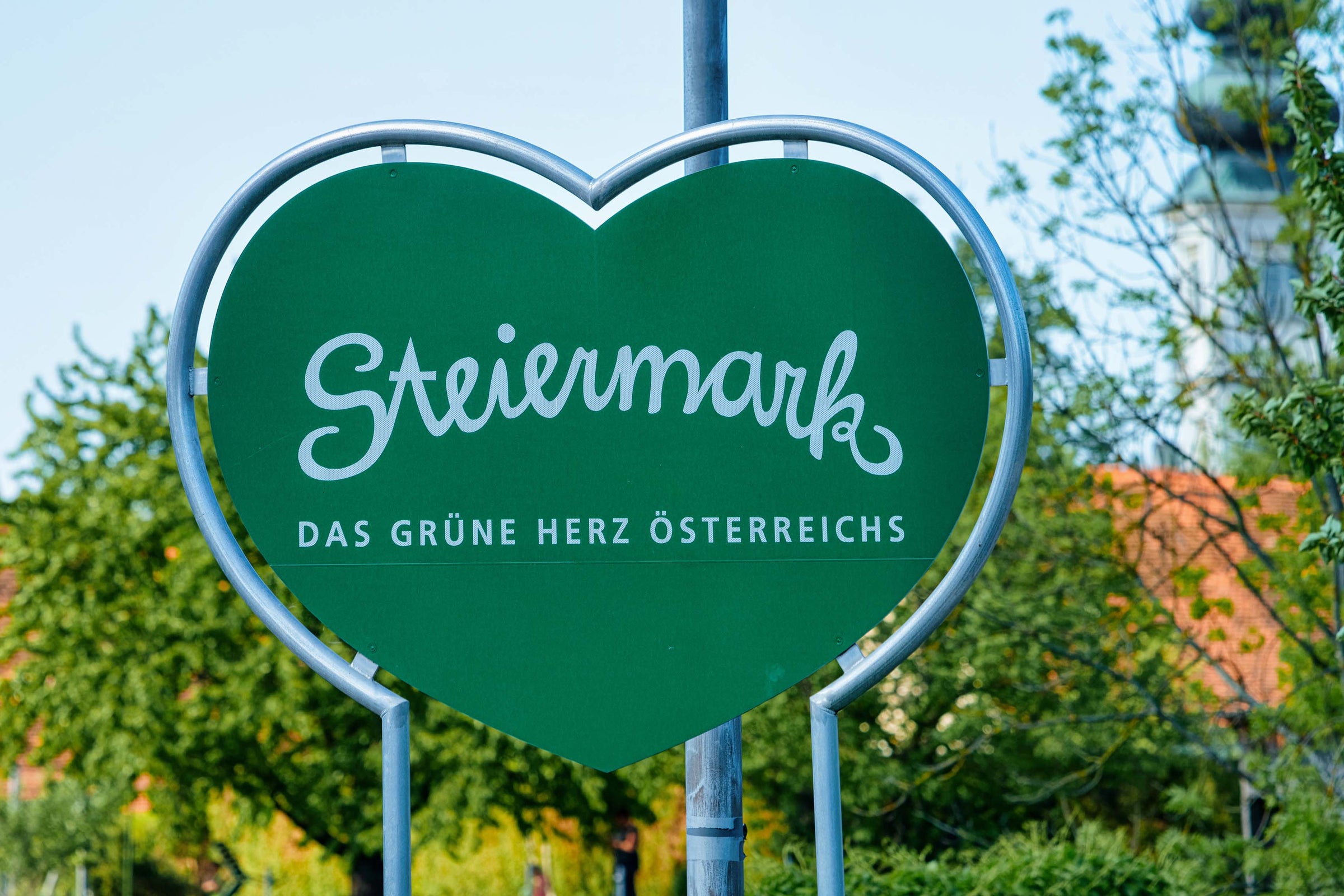In an ideal world, I’d always have a case of today’s Grüner Veltliner close at hand, in the same way I keep my stash of Maldon sea salt and quality olive oil in good supply. If you love white wine, this 2018 is an essential item—a staple of a well-equipped kitchen.
No matter how many delicious Austrian Grüner Veltliners we offer on SommSelect, I will never quite comprehend how so much wine, so much atmosphere, and so much history can be obtained for $28. Today we’re in the Kremstal, which, alongside the neighboring Wachau, is Grüner Veltiner’s spiritual homeland—a breathtaking landscape conjured by the wine in the bottle. “Von den Terrassen” means “from the terraces,” and if you’ve been lucky enough to see the Kremstal region’s vineyard terraces firsthand, this shimmering, pure, finely etched white makes perfect sense. And in classic Austrian fashion, proprietor Nikolaus Moser draws on 16 generations of winemaking experience in crafting his impeccable, biodynamically farmed wines. Grown in the silty, mineral-rich soil known as
loess on perfectly exposed, south-facing terraces, this is the Grüner that checks all the right boxes at the right price. Stocking up is highly recommended!
The name on the label, Sepp Moser, is that of Nikolaus’ father, who founded the modern-era estate in 1986. The Moser “clan” has deep roots in the village of Rohrendorf, near Krems, going back to the 1840s, but in addition to vineyards in Kremstal, Sepp Moser also acquired 27 hectares further east in Neusiedlersee (Burgenland), where red wines are predominant. When Nikolaus came aboard in 2000, he immediately began the pursuit of organic and biodynamic certification, and now that “Demeter” biodynamic credential flies proudly on the front label, right beneath the “Kremstal” DAC designation.
As Grüner Veltliner lovers know, Kremstal is the ‘middle child’ of Austria’s Big Three wine appellations along the Danube, flanked by the cooler Wachau to the west and the marginally warmer Kamptal to the east. In Kremstal, producers prefer vineyard sites on loess (silt) for their Grüner Veltiner, and Moser is no exception, sourcing “Von Den Terrassen” from an assortment of old-vine sites ranging in altitude from 200-330 meters. Vinified and aged only in steel, this 2018 offers up a beautiful combination of lively mineral energy and some saturated fruit on the mid-palate.
In the glass, the wine is a pale yellow-gold with silver and green accents, glinting in the light like a piece of mica or quartz. Aromas of green apple, lemon/lime, white grapefruit, tarragon, mint, radish, and white pepper carry over to a well-concentrated, medium-bodied palate, where the surging acidity and minerality power a long, aromatic finish. It is ready to be enjoyed regularly starting now and continuing over the next several years (putting on a little weight as you go), so my suggestion is to start pulling corks the moment it arrives. Pour into all-purpose white wine stems at 45 degrees and enjoy it as an appetite-whetting apéritif (appetite whetting being the whole point of an apéritif), or pair it with all the bright, green Springtime produce we’re all going to start seeing soon. I love the slightly bitter, peppery qualities of greens like arugula or cress with Grüner Veltliner, and after a particularly gloomy late Winter/early Spring, I’m ready to have my spirits lifted and my palate jolted awake. The attached recipe and this wine are guaranteed to do the trick. Enjoy!


